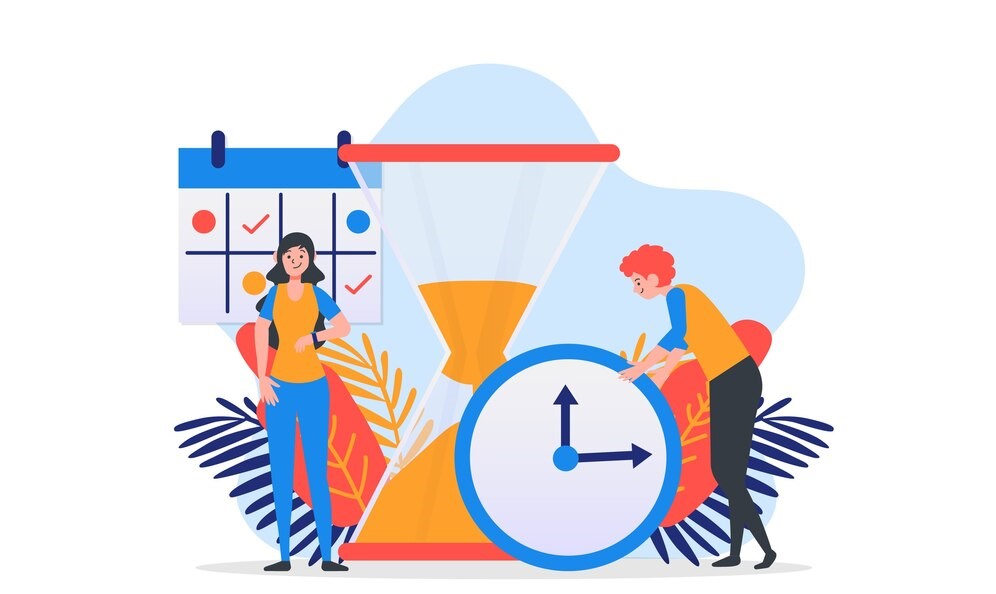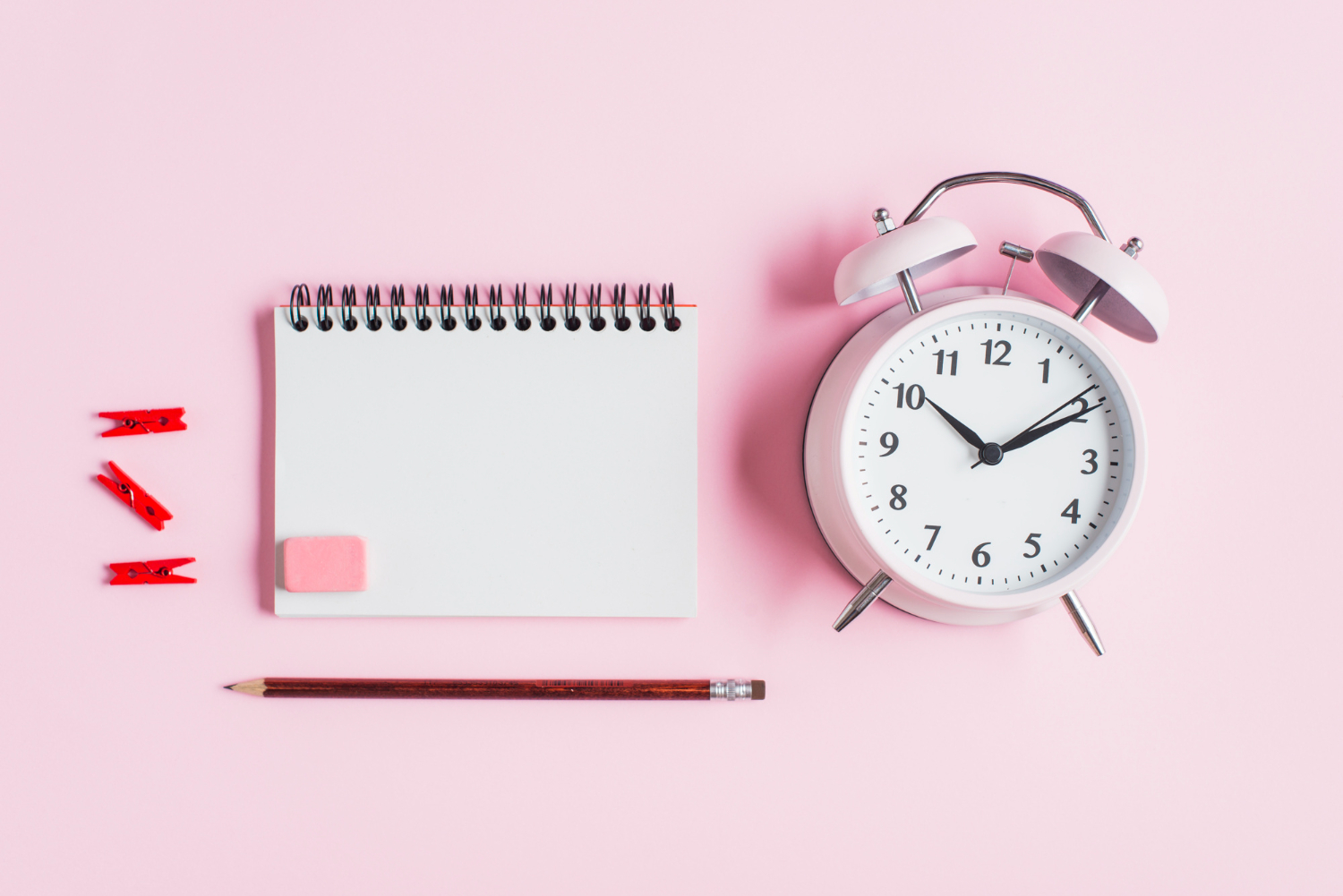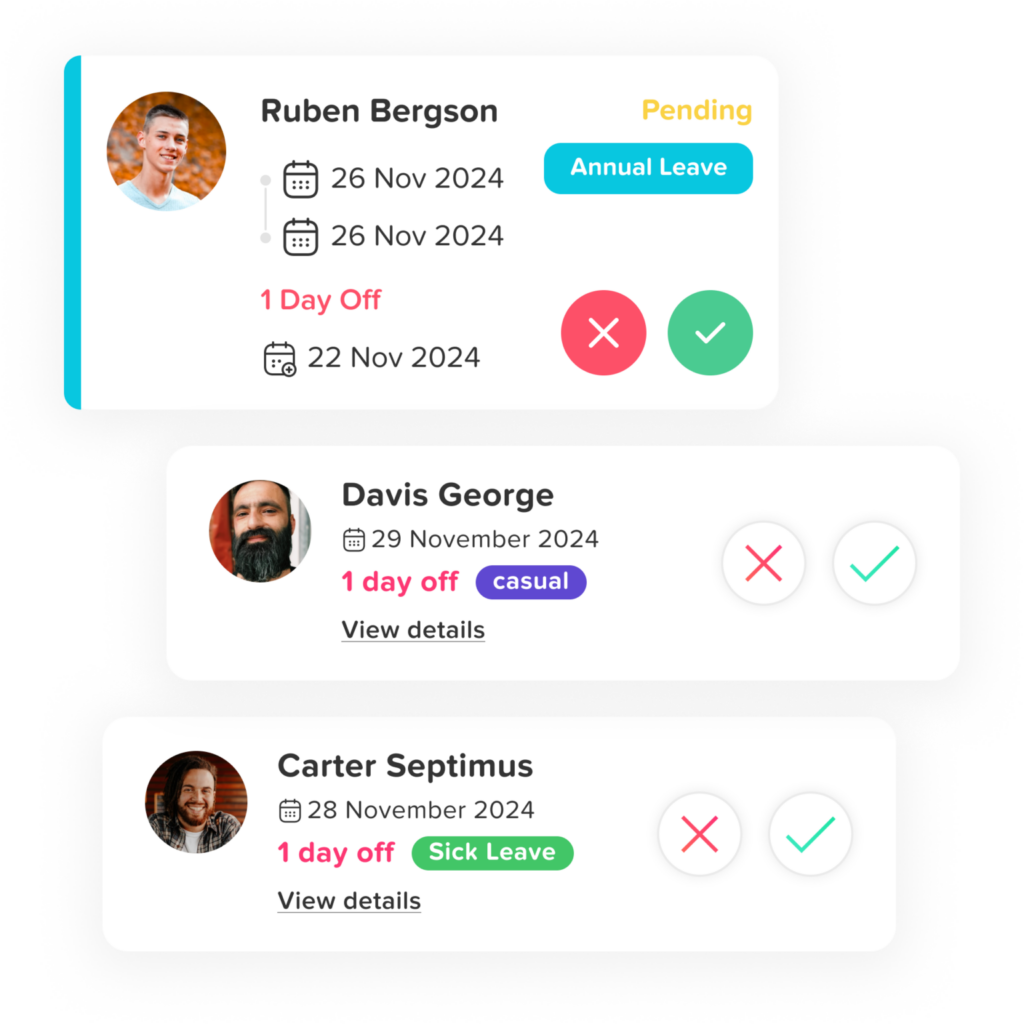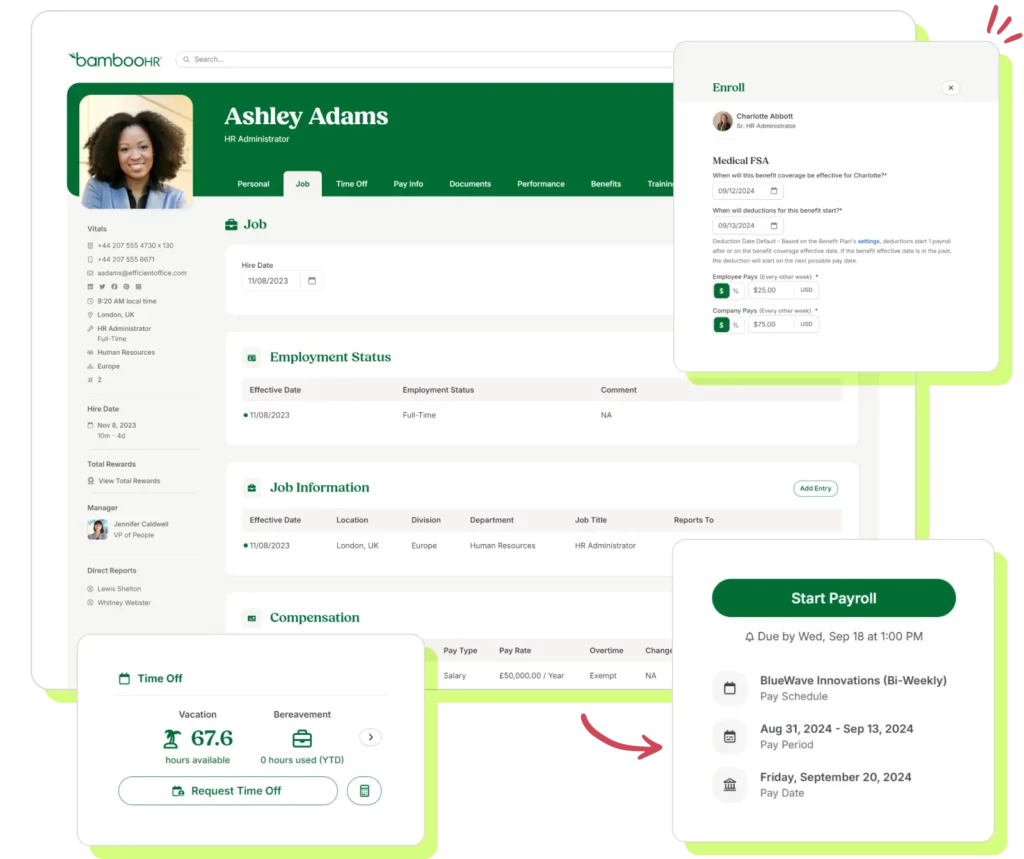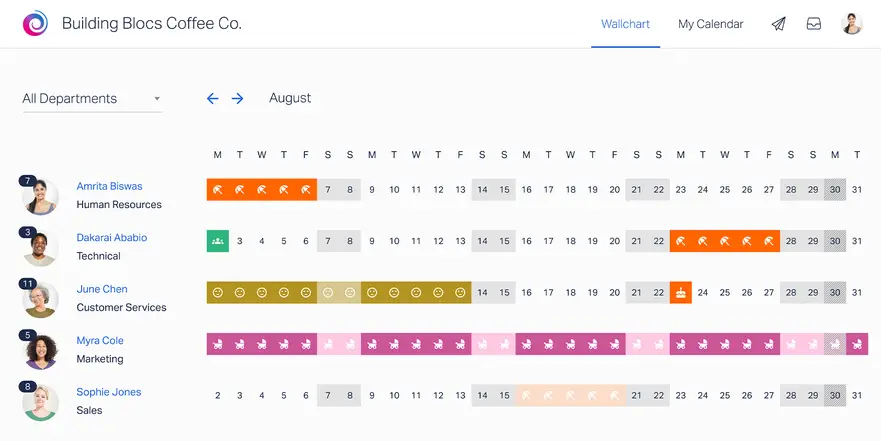Vacation time is one of the most cherished benefits employees receive in the workplace. It allows people to step back from daily work routines, relax, recharge, and return with renewed energy and focus. However, not all vacation time is granted equally to every employee, especially when circumstances like starting a new job mid year, switching to part time work, or leaving a job before the year ends come into play. This is where the concept of prorated vacation becomes crucial.
In this comprehensive guide, we’ll explore what prorated vacation means, how it works in different scenarios, and how to calculate it accurately. Whether you’re an employee trying to understand your rights or an employer aiming to implement fair vacation policies, this article will provide you with detailed insights to navigate prorated vacation confidently.
What Is Prorated Vacation?
Prorated vacation refers to the practice of adjusting an employee’s vacation entitlement based on the amount of time they have worked within a given vacation period, usually a calendar or fiscal year. Instead of receiving the full annual vacation allotment, an employee earns vacation time proportionally, depending on how long they have been with the company or how many hours they have worked.
Why Does Prorated Vacation Exist?
The concept of prorated vacation ensures fairness in the workplace. Imagine if two employees, one who worked the entire year and another who joined in October, both received the same number of vacation days. This wouldn’t be equitable, as the new hire hasn’t contributed the same amount of time. Prorating vacation benefits solves this by distributing vacation time proportionally based on service duration.
Example of Prorated Vacation in Action:
Let’s say a company offers 20 vacation days per year to its full time employees. If an employee joins in July (halfway through the year), they wouldn’t receive the full 20 days immediately. Instead, their vacation would be prorated based on the months they’ve worked, giving them 10 days for that year.
Why Is Vacation Prorated?
Prorating vacation is essential for maintaining fairness and consistency in how vacation benefits are allocated. It ensures that employees are rewarded appropriately for the time they’ve worked, without overcompensating those who haven’t contributed a full year of service. Both employers and employees benefit from this system, as it sets clear expectations and prevents disputes over vacation entitlements.
Common Scenarios Where Prorated Vacation Applies:
New Hires Joining Mid Year:
When someone starts a new job partway through the year, it wouldn’t be fair or financially practical for them to receive the full year’s vacation allotment immediately. Prorating ensures they get a fair share based on their actual time with the company.Employees Leaving the Company Mid Year:
Similarly, when an employee leaves before the end of the year, their vacation is calculated up to their departure date. If they’ve already used more vacation than they’ve earned, some companies may deduct the excess from their final paycheck.Transition from Full Time to Part Time (or Vice Versa):
If an employee changes their work schedule, moving from full time to part time or the other way around, their vacation entitlement needs to be adjusted accordingly. A full time employee switching to part time shouldn’t continue receiving full time vacation benefits.Extended Leave of Absence (e.g., Maternity, Paternity, or Sabbatical):
Employees who take extended unpaid leave may have their vacation entitlements prorated based on the actual time worked during the year, depending on company policy and local labor laws.Company Specific Policies:
Some organizations have unique vacation accrual or proration policies outlined in employment contracts or employee handbooks. For instance, some companies offer full vacation benefits to new hires from day one, while others strictly prorate.
How Does Prorated Vacation Work?
Understanding how prorated vacation works requires examining the different methods employers use to calculate it. The two most common approaches are time based proration and hours based proration.
Time Based Proration:
In time based proration, vacation is earned based on the fraction of the year an employee has worked. This method is typically used for salaried employees with consistent work schedules.
Example:
If an employee is entitled to 24 vacation days per year but starts working in April, they’ve worked 9 out of 12 months. Therefore, they would receive a prorated vacation of:
(912)×24=18 vacation days
This method ensures that employees receive vacation proportional to their time with the company.
Hours Based Proration:
For part time employees or those with variable schedules, vacation is often prorated based on the number of hours worked compared to a standard full time schedule.
Example:
Let’s say full time employees work 40 hours per week and receive 20 vacation days annually. A part time employee working 20 hours per week (half of a full time schedule) would receive:
0.5×20=10 vacation days per year
This method ensures fairness for employees who contribute fewer hours but still deserve vacation time proportional to their workload.
How to Calculate Prorated Vacation
Calculating prorated vacation may seem complex, but it becomes straightforward once you break it down into steps. Here’s a step by step guide:
Step 1: Determine the Annual Vacation Entitlement
Identify how many vacation days the employee would receive if they worked the entire year. This information is usually outlined in the employment contract or company policy.
Example:
An employee is entitled to 20 vacation days per year.
Step 2: Identify the Proration Period
Determine how much of the year the employee has worked. This could be in terms of months, weeks, or even days, depending on how precise the calculation needs to be.
Examples:
- For new hires: An employee starts on March 1, meaning they’ve worked 10 out of 12 months for that year.
- For departing employees: An employee leaves on September 30, meaning they’ve worked 9 out of 12 months.
Step 3: Apply the Proration Formula
Use the following formula to calculate prorated vacation:
Prorated Vacation Days=(Months Worked/12)×Annual Vacation Days
Example 1: New Hire Scenario
- Annual Vacation Entitlement: 20 days
- Start Date: March 1 (10 months worked out of 12)
(1012)×20=16.67 days
In this case, the employee is entitled to approximately 17 vacation days for that year (rounded up depending on company policy).
Example 2: Part Time Employee Scenario
- Full Time Schedule: 40 hours/week, 20 vacation days/year
- Part Time Schedule: 20 hours/week
Since the part time employee works 50% of a full time schedule:
0.5×20=10 vacation days per year
Example 3: Employee Leaving Mid Year
- Annual Vacation Entitlement: 24 days
- Departure Date: June 30 (6 months worked out of 12)
(612)×24=12 vacation days
The employee would have accrued 12 vacation days before leaving. If they’ve used more than this, the excess may be deducted from their final paycheck, depending on the company’s policy.
Day Off Leave Tracker Software
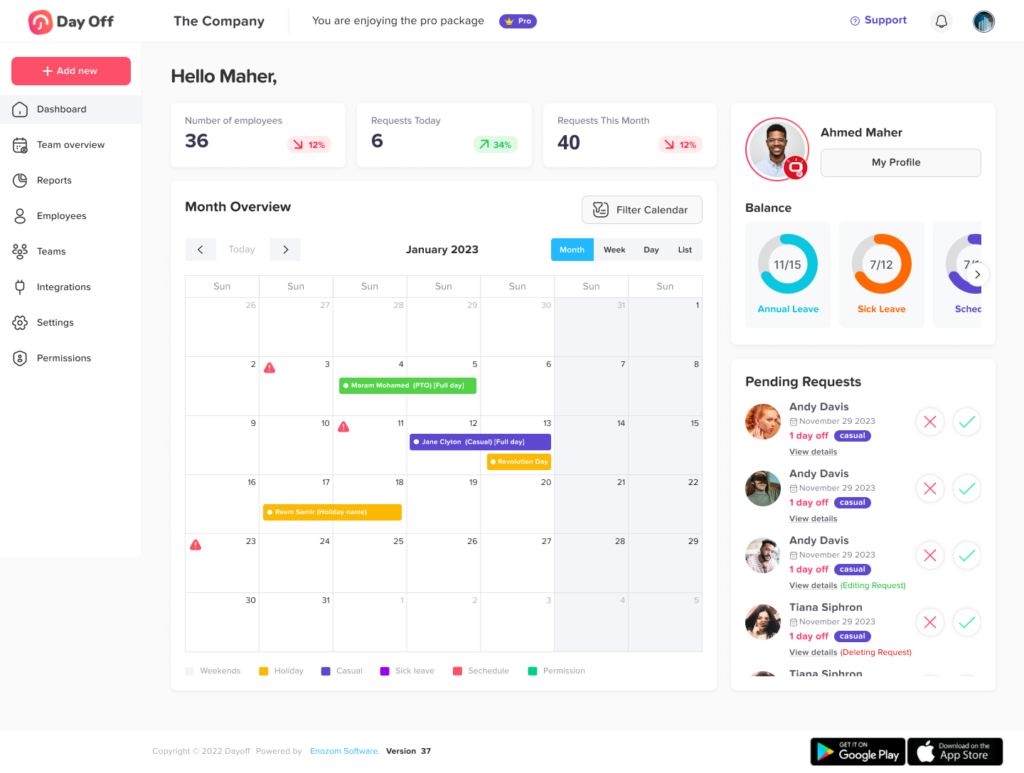
Simplifying Prorated Vacation Calculations
One of the most challenging aspects of managing prorated vacation is accurately calculating how much leave an employee has earned, especially when dealing with new hires, part time employees, or people who change roles mid year. Day Off automates this process by allowing companies to set customized vacation accrual policies. The system can automatically adjust vacation days based on hire dates, work schedules, and other factors, reducing the risk of manual calculation errors.
Customizable Leave Policies
Day Off supports flexible leave management by letting organizations create customized leave policies. This is particularly useful for businesses that have unique vacation structures, such as different accrual rates for full time vs. part time employees, or varying rules based on tenure. Companies can easily configure the system to reflect these policies, including how vacation is prorated.
Automated Approval Workflows
The app streamlines the vacation request and approval process with automated workflows. Employees can submit vacation requests through the platform, and managers can approve or reject them with just a click. This feature ensures that both employees and employers are always aware of remaining vacation balances, especially important when vacation is prorated and constantly adjusting.
Real Time Leave Tracking and Reporting
Day Off provides real time reports and dashboards that help both HR teams and employees track vacation balances, including prorated leave. These reports are especially helpful for employers managing large teams, as they offer visibility into who’s on leave, how much vacation each person has accrued, and whether their leave has been adjusted for proration.
Mobile Access and Team Management
The platform is accessible via mobile devices, which means employees and managers can manage vacation requests on the go. This is useful for distributed teams or businesses with remote workers. The app also supports sub team management, making it easier for larger organizations to manage prorated vacation across different departments or locations.
Integrating Prorated Vacation with PTO and Other Leave Types
Beyond just vacation, Day Off allows companies to manage other leave types like PTO, sick days, and unpaid leave. This is beneficial when prorated vacation policies interact with other types of leave for example, when unpaid time off affects vacation accrual. The ability to manage all leave types in one system provides a comprehensive approach to employee time off management.
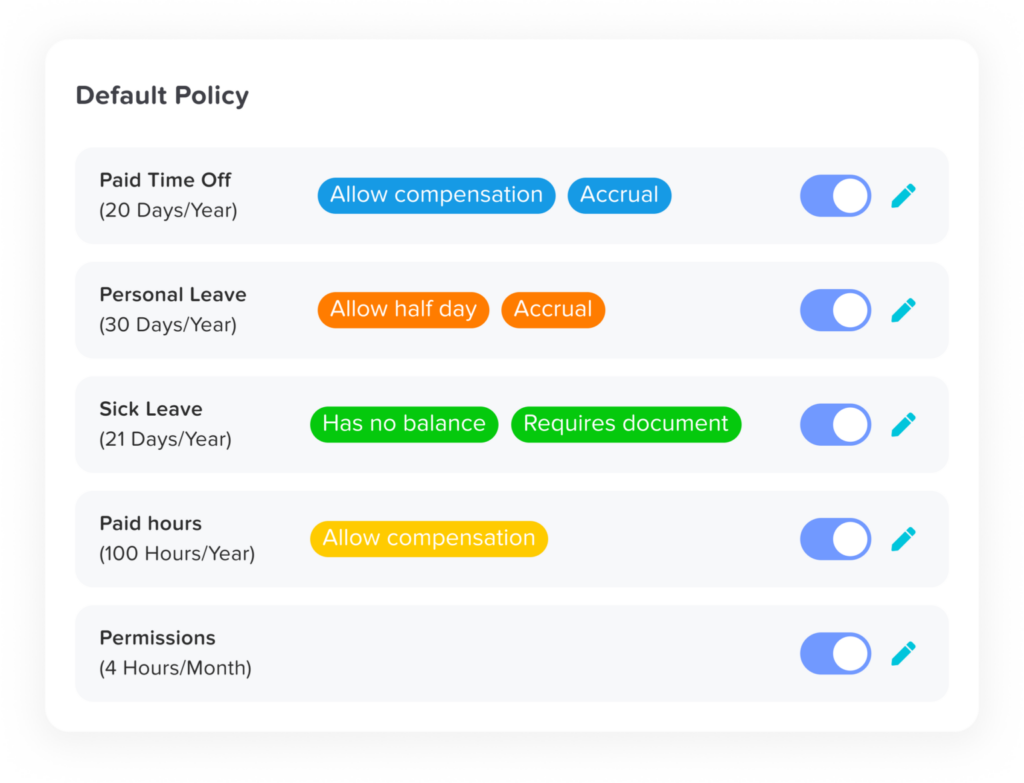
Common Questions About Prorated Vacation
Do All Companies Prorate Vacation?
Not all companies prorate vacation, but many do, especially in industries where vacation policies are standardized or legally regulated. Some companies might offer full vacation benefits from the start to attract top talent, while others strictly adhere to prorating to maintain fairness and control costs. It’s essential to check your employment contract or employee handbook to understand how your company handles vacation accrual and proration.
Is Prorated Vacation a Legal Requirement?
Whether prorated vacation is a legal requirement depends on the country or region you work in. For instance:
- In the U.S.: There’s no federal law mandating paid vacation, so it’s up to employers to decide how vacation is accrued and prorated. However, some states have specific rules about vacation accrual and payouts.
- In the European Union: Most countries require prorated vacation based on time worked, ensuring all employees receive fair and proportional vacation time.
It’s important to familiarize yourself with local labor laws to understand your rights regarding prorated vacation.
What Happens to Prorated Vacation When You Leave a Job?
When you leave a job, any unused prorated vacation is typically paid out as part of your final paycheck. This is known as a vacation payout or vacation accrual payout. Conversely, if you’ve taken more vacation than you’ve earned, your employer might deduct the excess from your final wages, depending on company policy and legal requirements.
Can Vacation Be Prorated in the Middle of the Year for Promotions or Role Changes?
Yes, vacation can be prorated if you switch roles, especially if there’s a significant change in your work schedule. For example:
- Moving from part time to full time: Your vacation entitlement would increase proportionally based on your new full time status.
- Getting promoted mid year: If your new role comes with enhanced benefits, your vacation might be recalculated based on the new terms.
FAQ
What does prorated vacation mean?
Prorated vacation refers to the partial amount of paid time off (PTO) an employee earns when they don’t work a full year or when they start or leave a company mid year. It ensures employees receive vacation days fairly based on the portion of the year they worked.
How is prorated vacation calculated?
Prorated vacation is calculated by dividing the total annual vacation entitlement by the number of months in a year, then multiplying by the number of months worked.
Example: If an employee earns 24 days per year and works 6 months, they receive 12 days of prorated vacation.
When is prorated vacation applied?
Prorated vacation is typically applied when:
An employee joins mid year.
An employee resigns or is terminated before year end.
A company changes its vacation policy during the year.
It ensures employees only earn vacation days for the time they’ve actually worked.
How does prorated vacation work for new hires?
For new employees, prorated vacation is calculated based on the start date. For example, if a company offers 20 days of PTO per year and a new hire starts in July, they may receive 10 days for the remaining six months of the year.
What happens to prorated vacation when an employee leaves?
When an employee leaves before the year ends, the company calculates their earned vacation days up to their last working day. Unused vacation days are often paid out depending on company policy and local labor laws.
Does prorated vacation apply to part time employees?
Yes. Part time employees earn vacation time proportionate to their work hours. For example, an employee working 50% of full time hours would earn 50% of the standard PTO.
How does a change in employment status affect prorated vacation?
If an employee transitions from full time to part time or vice versa, vacation accrual may be recalculated based on their new working hours or status to ensure fairness and accuracy.
Is prorated vacation required by law?
Whether prorated vacation is mandatory depends on local labor laws and company policy. Many jurisdictions require employers to pay for unused vacation time upon termination, including prorated amounts.
How can employers manage prorated vacation efficiently?
Employers can use HR software or vacation tracking tools to automate accrual calculations and ensure compliance. Automation reduces errors and saves time for HR teams.
How does the Day Off app simplify prorated vacation tracking?
The Day Off app automatically tracks vacation accruals, including prorated time for new hires and departing employees. It applies company policies, updates balances in real time, and ensures accuracy in PTO management for both HR and employees.
Conclusion
Prorated vacation is a crucial aspect of fair vacation policies in any workplace. It ensures that employees receive vacation time proportional to their time worked, whether they’re new hires, part time employees, or leaving the company mid year. Understanding how prorated vacation works helps both employers and employees maintain transparency and fairness, avoiding potential conflicts or misunderstandings.
By familiarizing yourself with the principles of prorated vacation, learning how to calculate it accurately, and knowing when it applies, you can confidently navigate your vacation entitlements and ensure you’re receiving the benefits you deserve. For employers, clear communication and well defined policies foster trust and a positive workplace culture.











